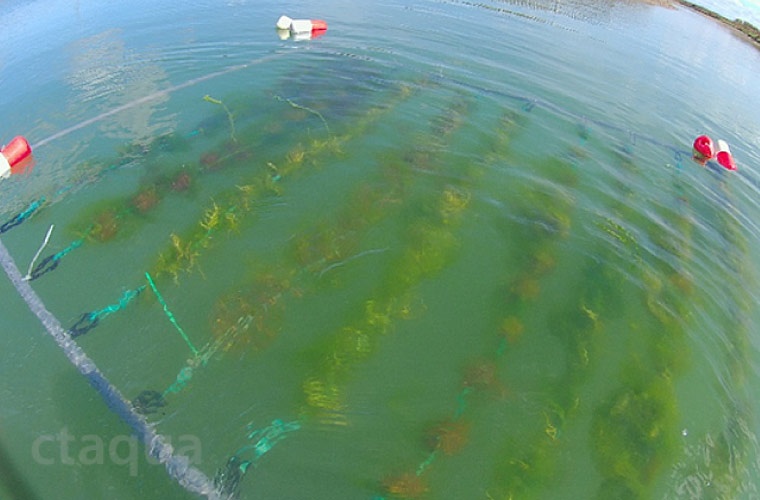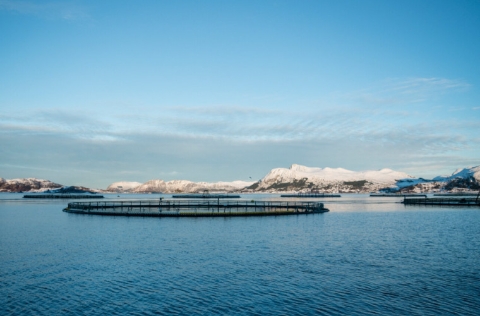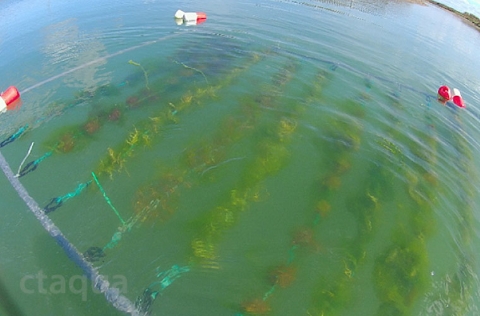
The search for more sustainable and functional ingredients in aquafeed formulation is one of the aquaculture sector’s top priorities. A recent study published in Frontiers in Aquaculture highlights the potential of marine macroalgae as a partial replacement for fishmeal and a natural source of bioactive compounds that can promote fish health.
Conducted by researchers from the Scottish Association for Marine Science and the University of Stirling, the paper reviews the nutritional properties of seaweeds and their effects on farmed species. It underscores that macroalgae can provide not only protein and valuable lipids, but also essential amino acids, functional polysaccharides and a broad range of micronutrients.
The authors stress that the response of fish to seaweed-enriched diets is both dose-dependent and species-specific. In many cases, up to 15% of the fishmeal content can be replaced with algae-based products without any adverse effects on performance. In some trials, physiological improvements have even been observed, particularly in marine species such as salmonids, seabream and European sea bass.
Red seaweeds, including Porphyra tenera and Palmata palmata, stand out for their high protein content – in some cases exceeding 40% of dry weight. Green seaweeds of the Ulva genus also offer strong protein profiles and high digestibility, making them especially suitable for herbivorous species like tilapia and carp. Although brown algae typically have lower protein levels, they are rich in polysaccharides with antioxidant, immunostimulant and prebiotic effects.
A key finding of the study is the amino acid profile. The authors note that more than 75% of seaweed assessed had higher levels of essential amino acids than fishmeal, and over half surpassed those found in soybean meal.
While the total lipid content of macroalgae is relatively low, the quality of these lipids is noteworthy. Some species contain long-chain omega-3 fatty acids, such as EPA and DHA, as well as other functional lipids of interest in feed formulation.
Beyond their nutritional value, macroalgae offer important environmental advantages. The can be cultivated without freshwater, fertilisers or arable land, and contribute to carbon sequestration. This makes them a promising ingredient aligned with the sector’s sustainability goals.
The researchers call for further technological development to improve the availability, standardization and cost-effectiveness of algae-based products. However, they conclude that incorporating seaweeds into aquafeeds represents a strategic opportunity to reduce reliance on conventional ingredients while supporting fish performance and welfare.
“The number and levels of high bioactive compounds and micro-nutrients in seaweed-derived products could be considered valuable and useful as functional additives for aquafeed fortification,” the researchers pointed out.
With cultivated biomass on the rise and new processing solutions emerging, macroalgae are solidifying their role as a viable functional ingredient for fish nutrition-valued not only for their nutritional content, but also for their contribution to animal health and sustainable production.



